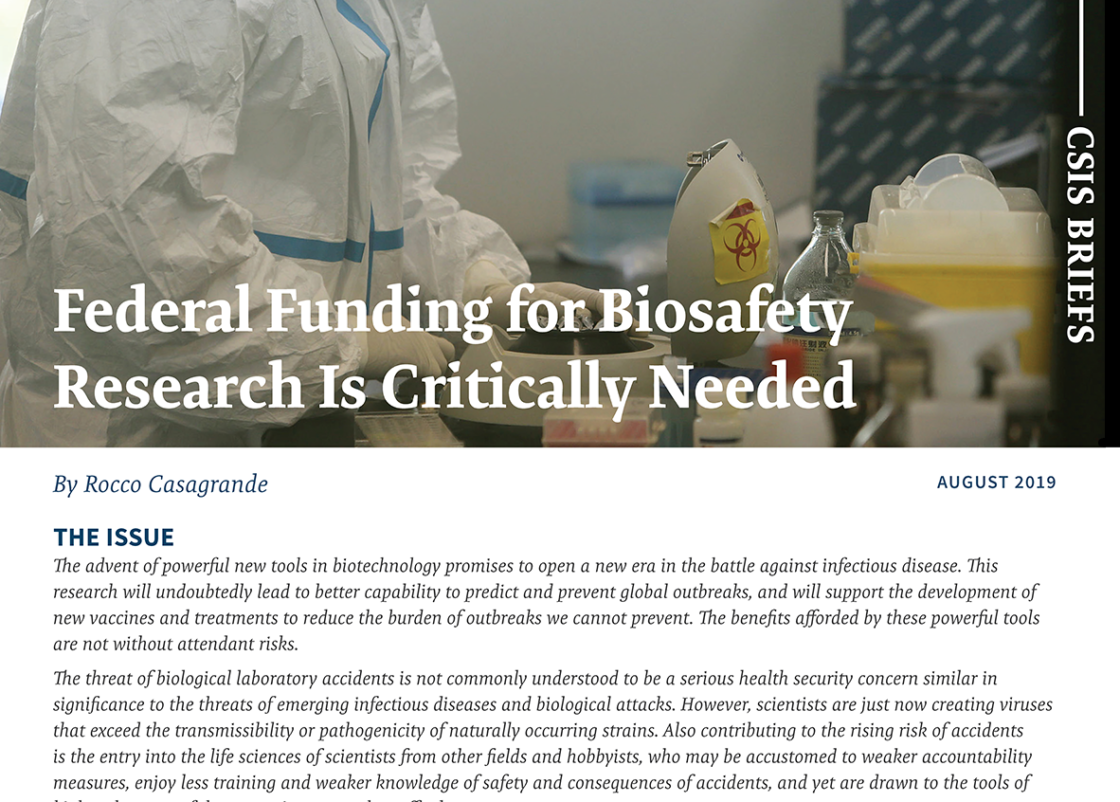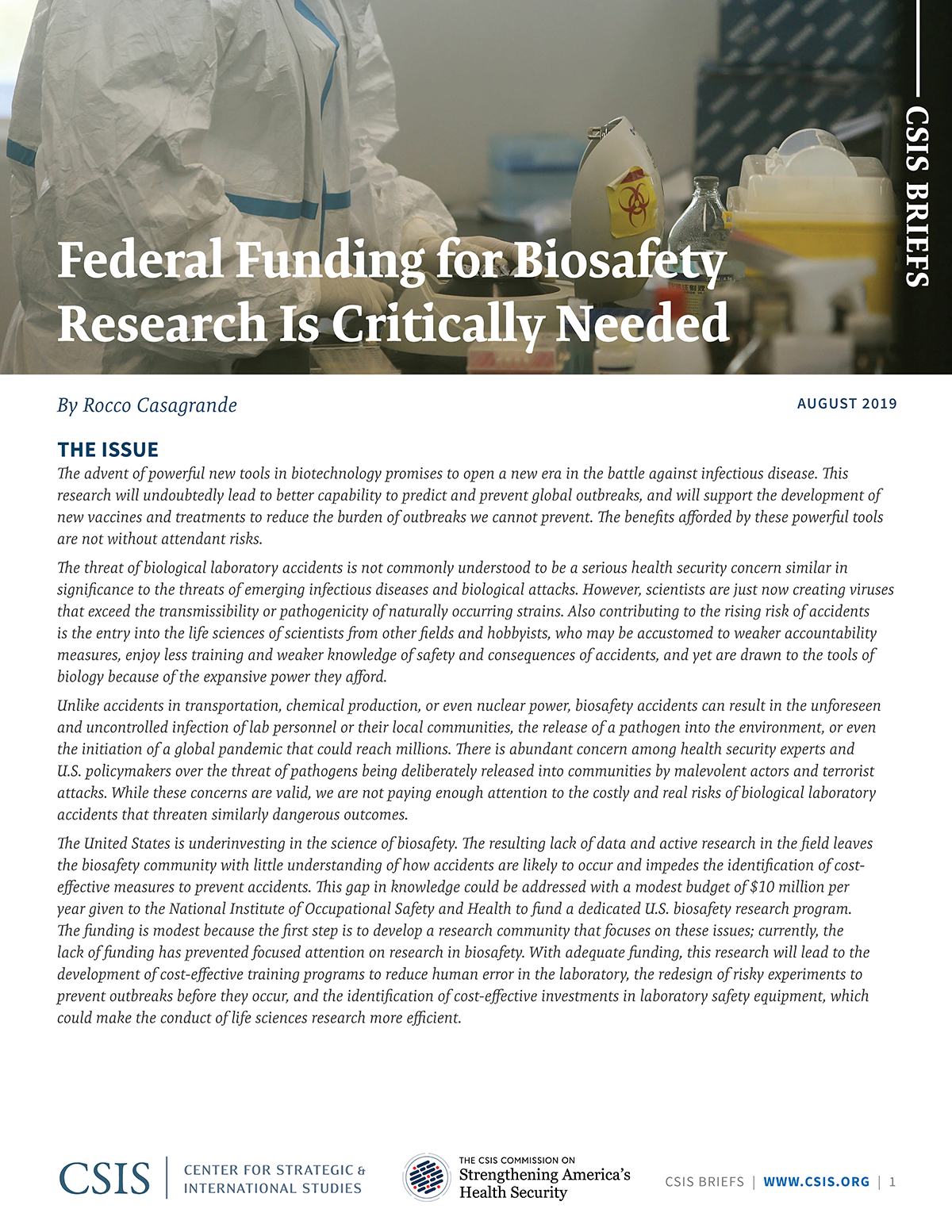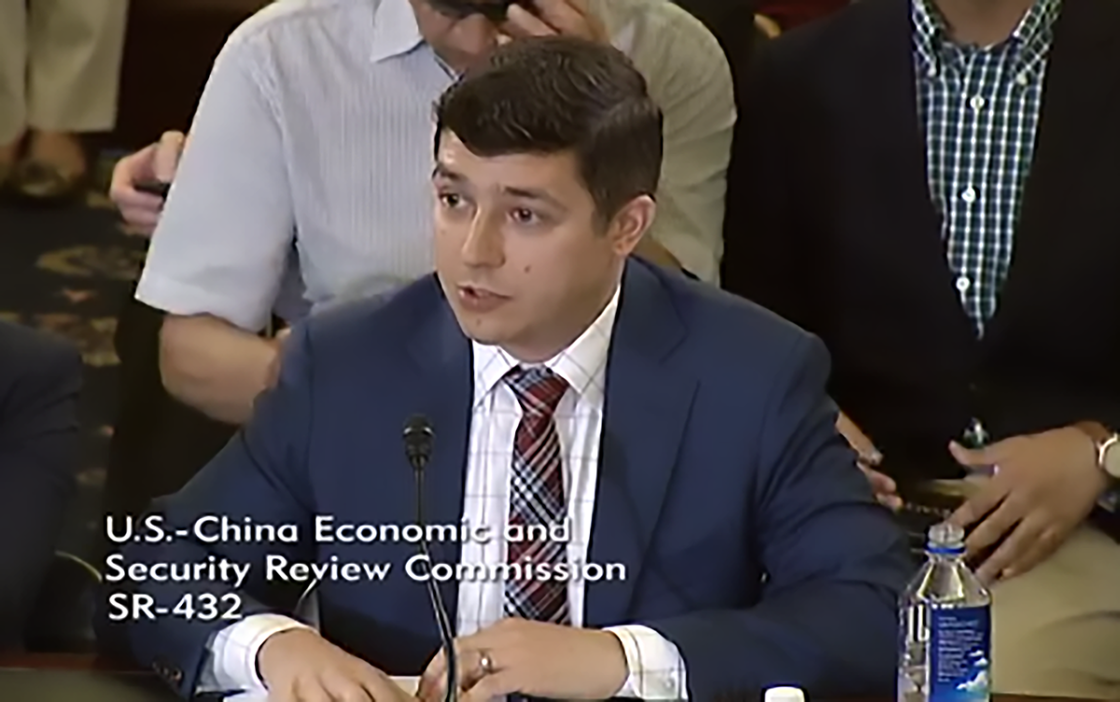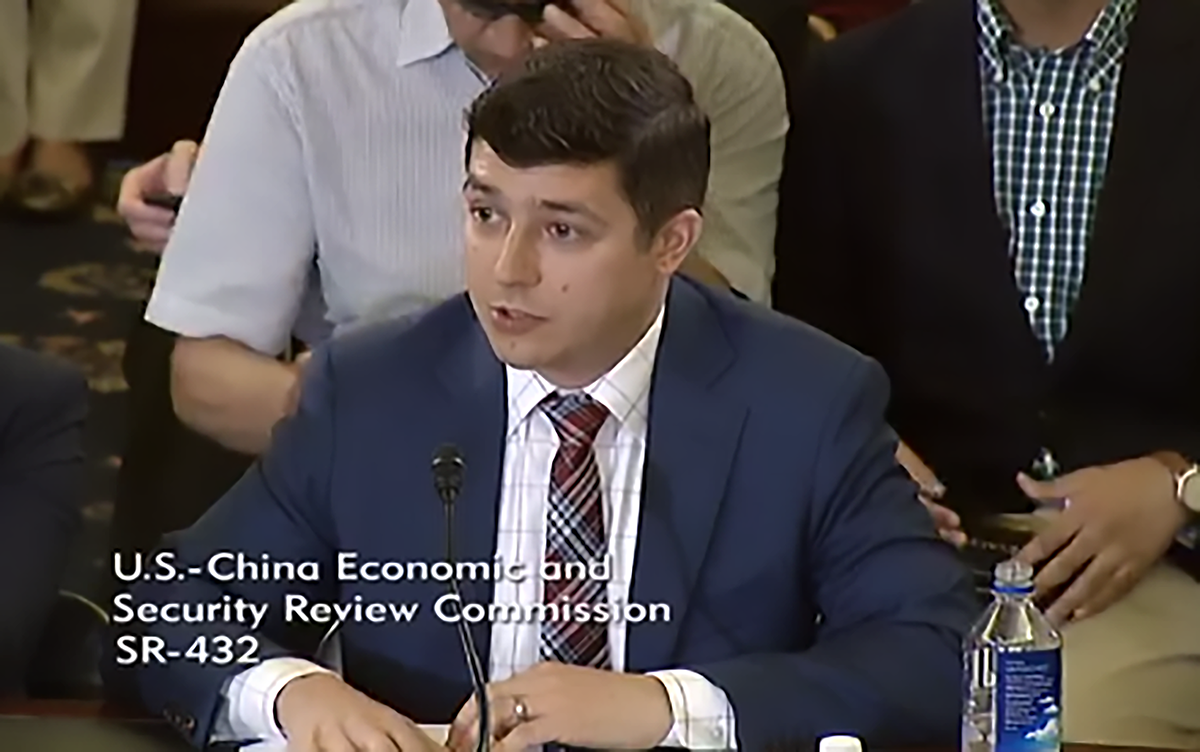Gryphon Staff Outline a Framework for Assessing Benefits of Human Pathogen Research

To make informed choices about performing, supporting, publishing, or regulating human pathogen research, stakeholders involved with such research must weigh its benefits to public health and scientific knowledge against biosafety and biosecurity risks. However, assessing the public health benefits of research is difficult because benefits typically unfold over long time scales, with great uncertainty, and unevenly across the global population, and they depend upon disputable technical details of the research in question. To aid decision-makers, Gryphon staff outlined a novel framework for qualitatively estimating a research project’s maximum expected public health benefits. The framework is deliberately designed as a set of six simple yes-or-no questions that can be answered by reviewers who are not experts in the scientific fields at issue. Underpinning the framework is the idea that the expected benefits of human pathogen research are larger when the pathogen (and the specific variants under study) are or will be circulating in humans and domestic animals.
- Full Article | Download
- CLIENT | A Philanthropic Donor
- GRYPHON STAFF | Dr. Rocco Casagrande and Dr. Dan Greene




















